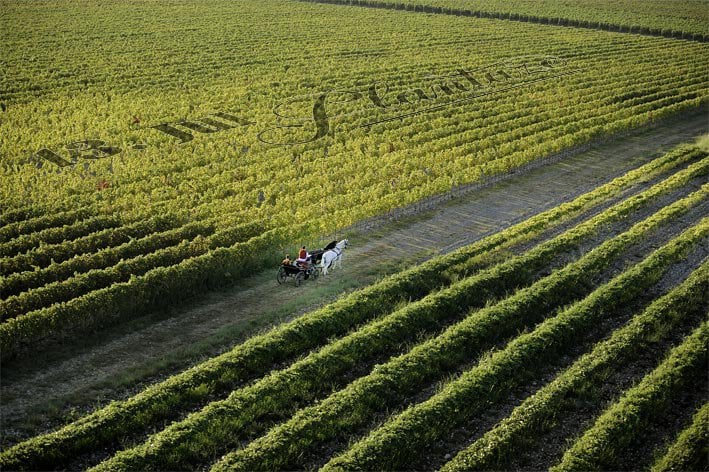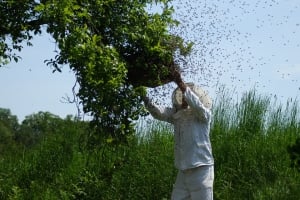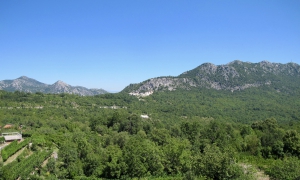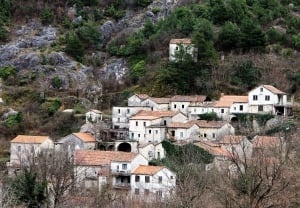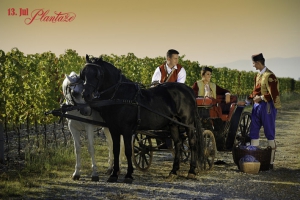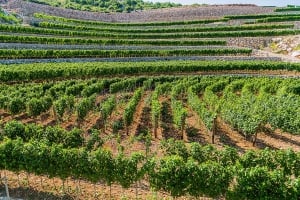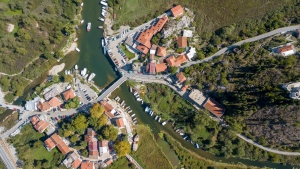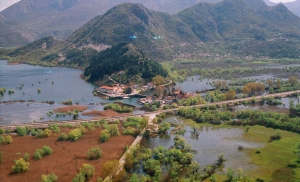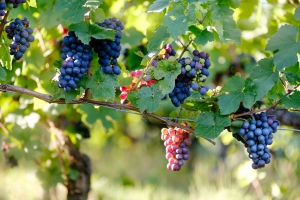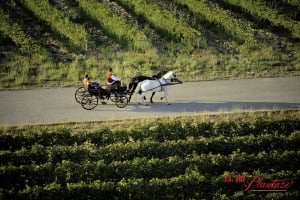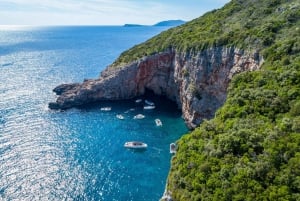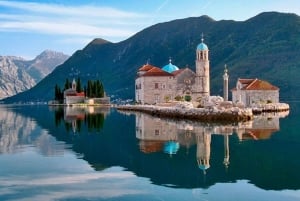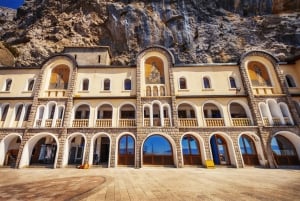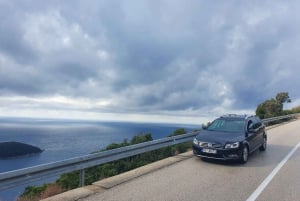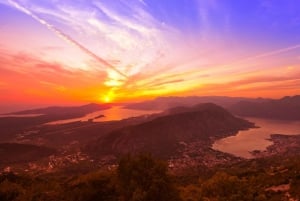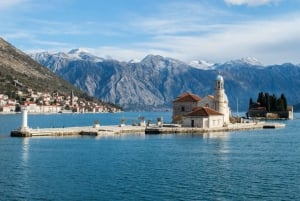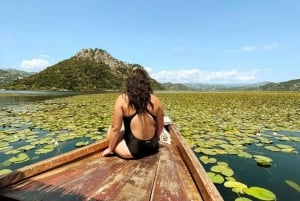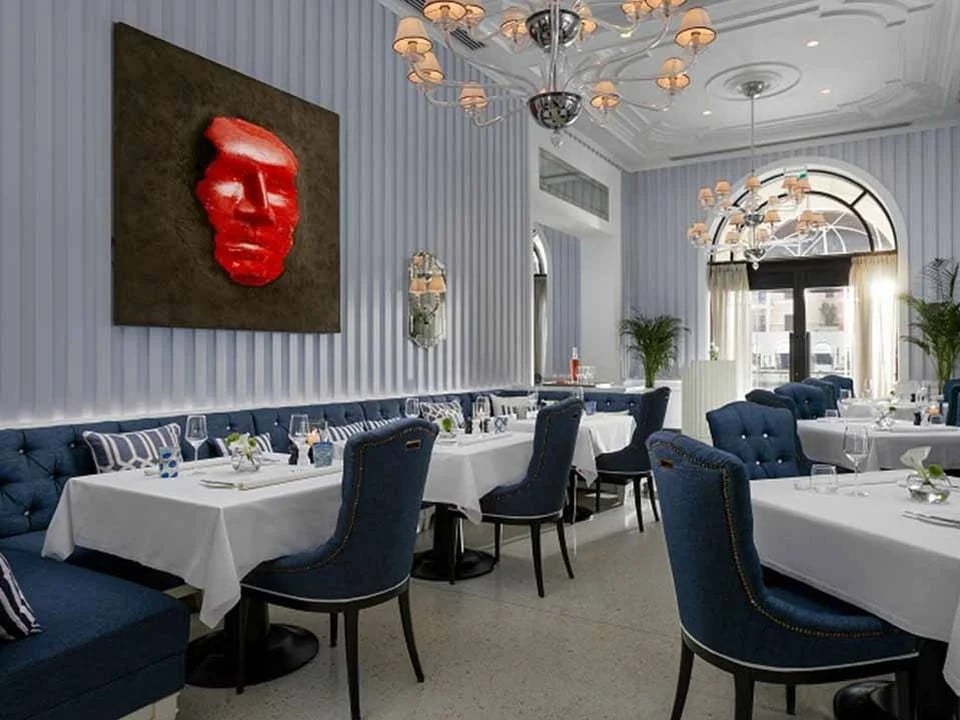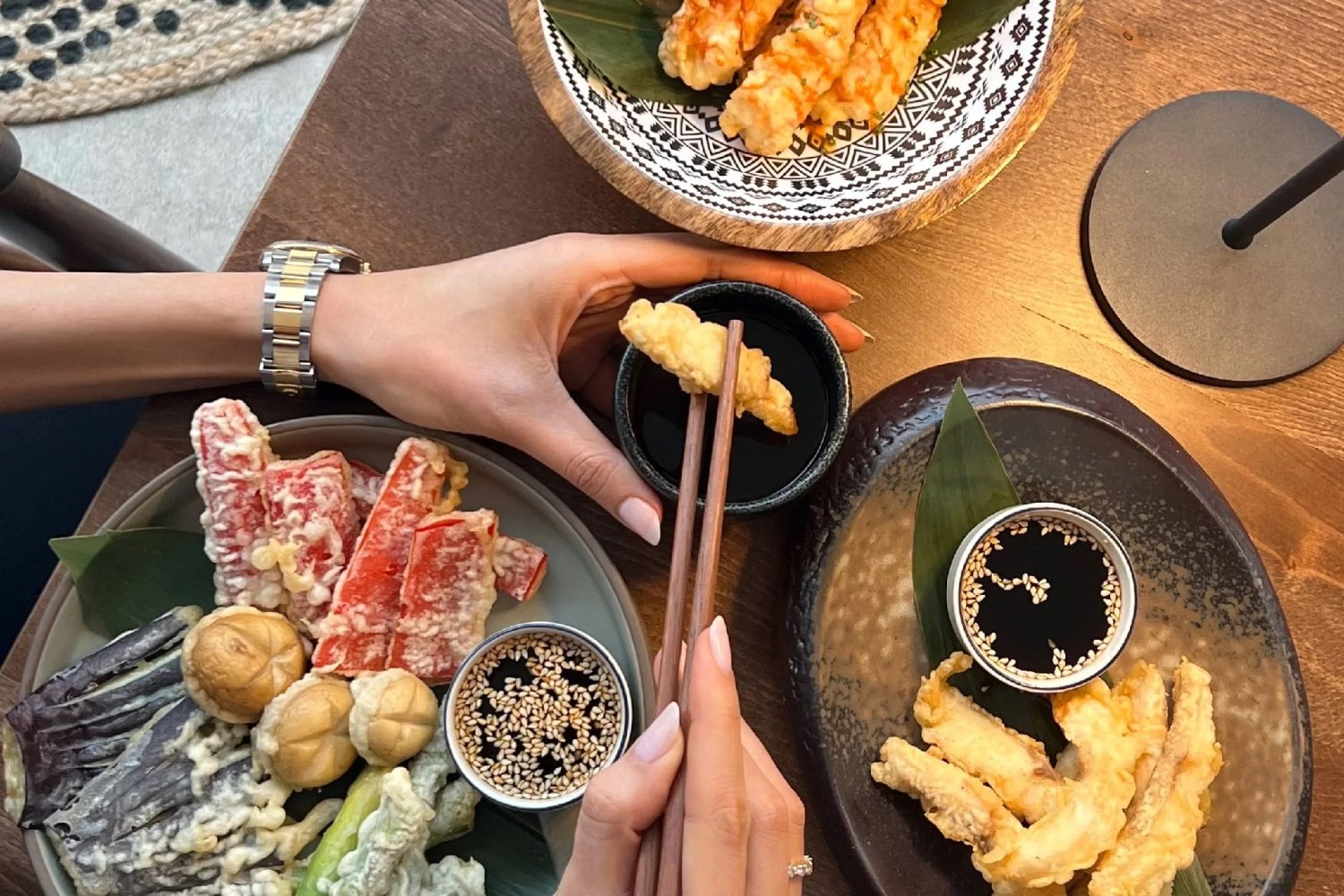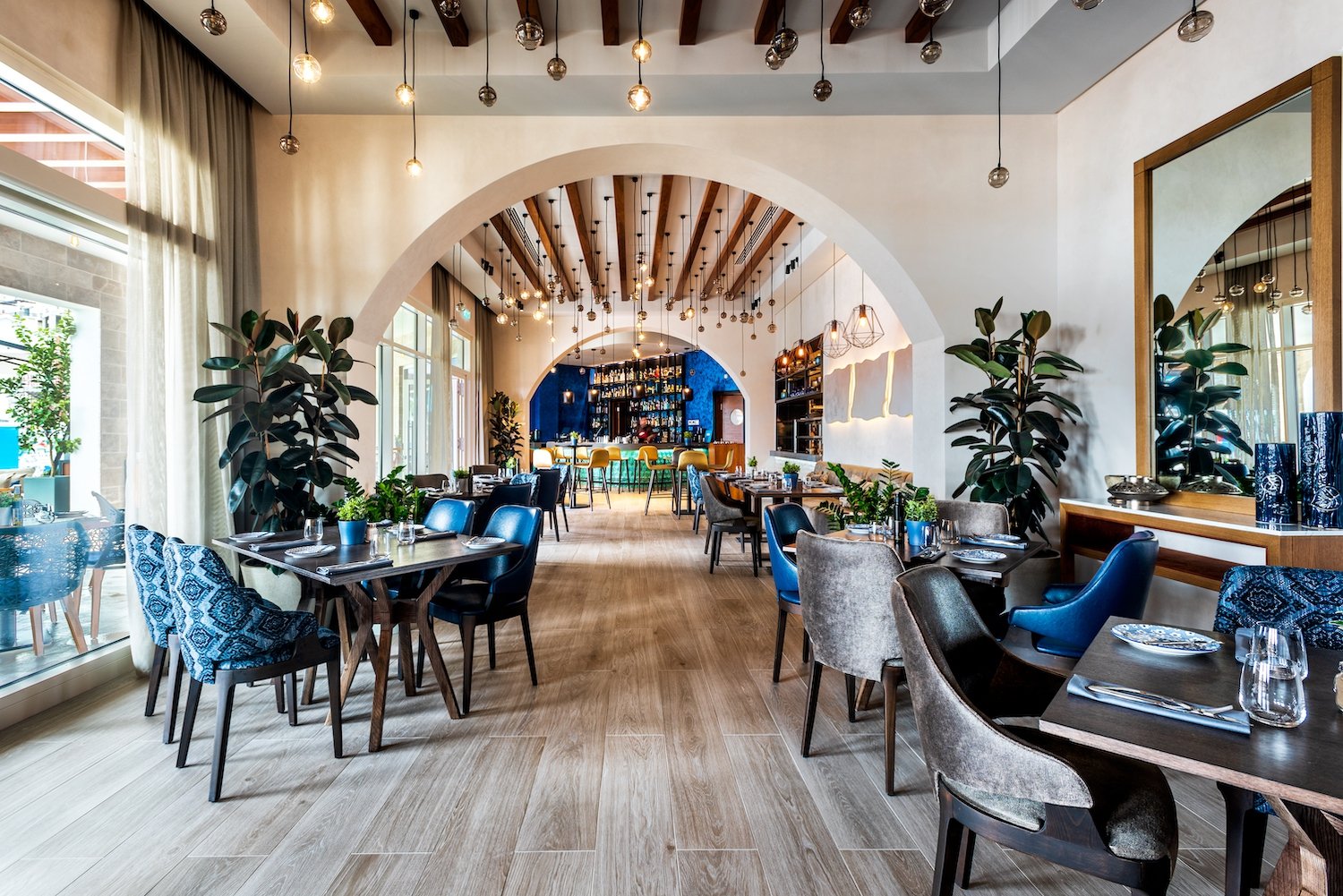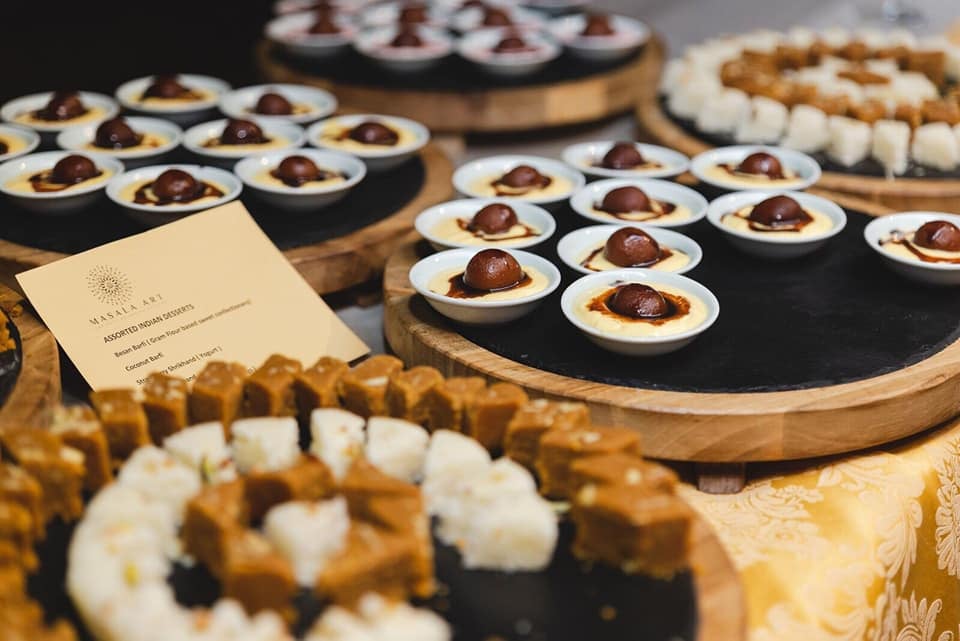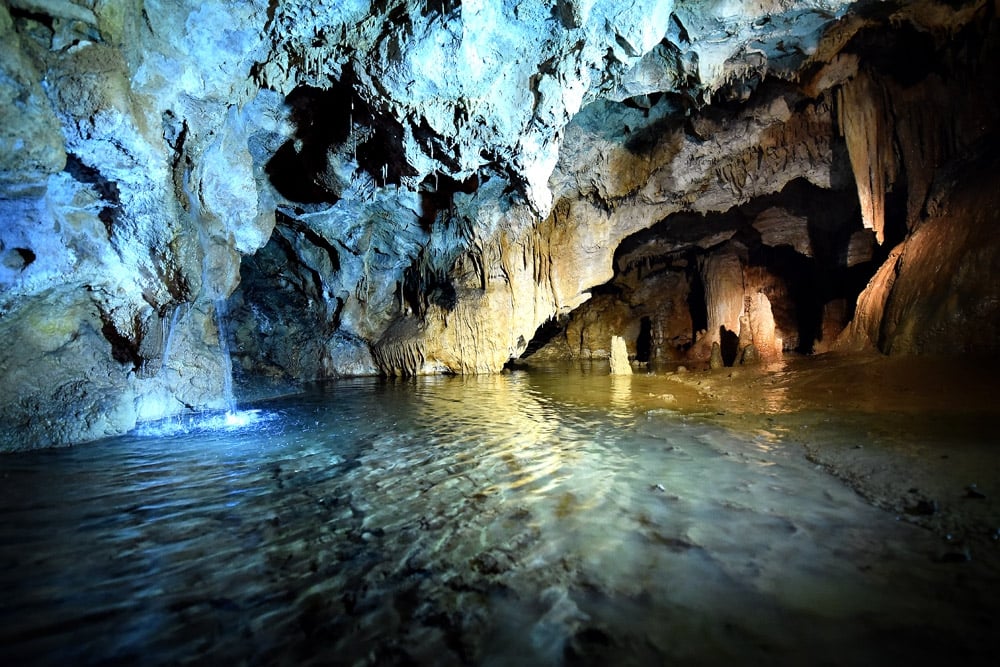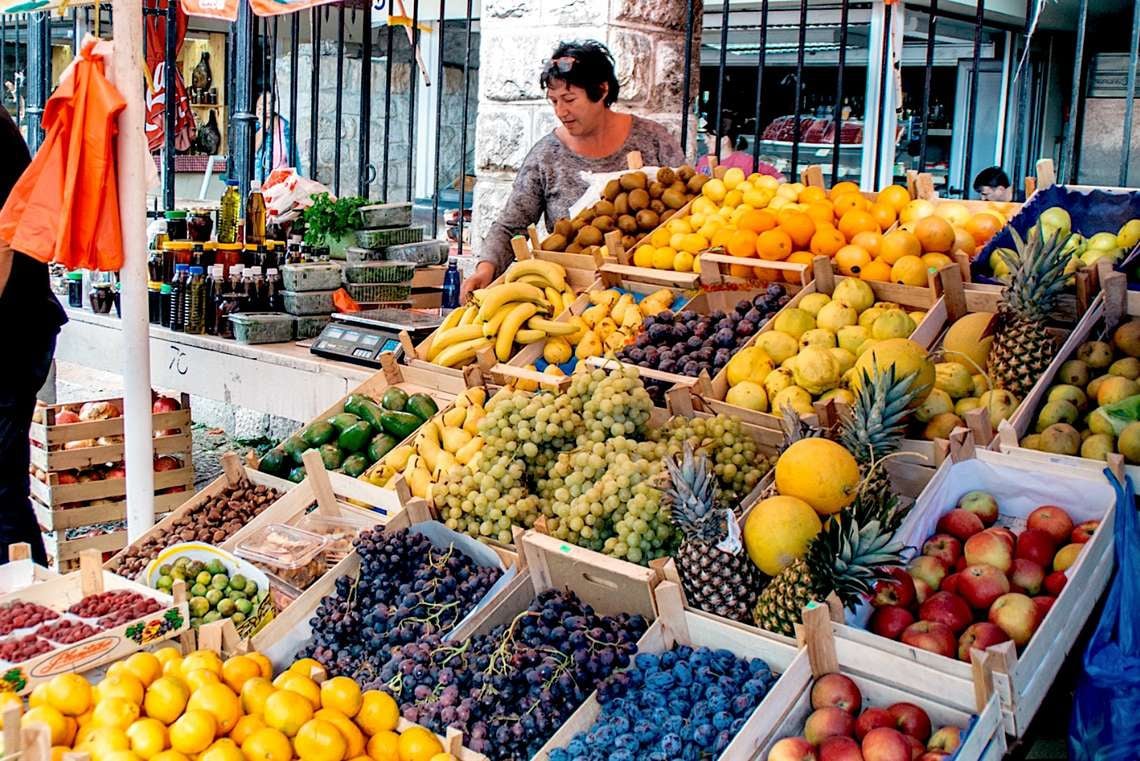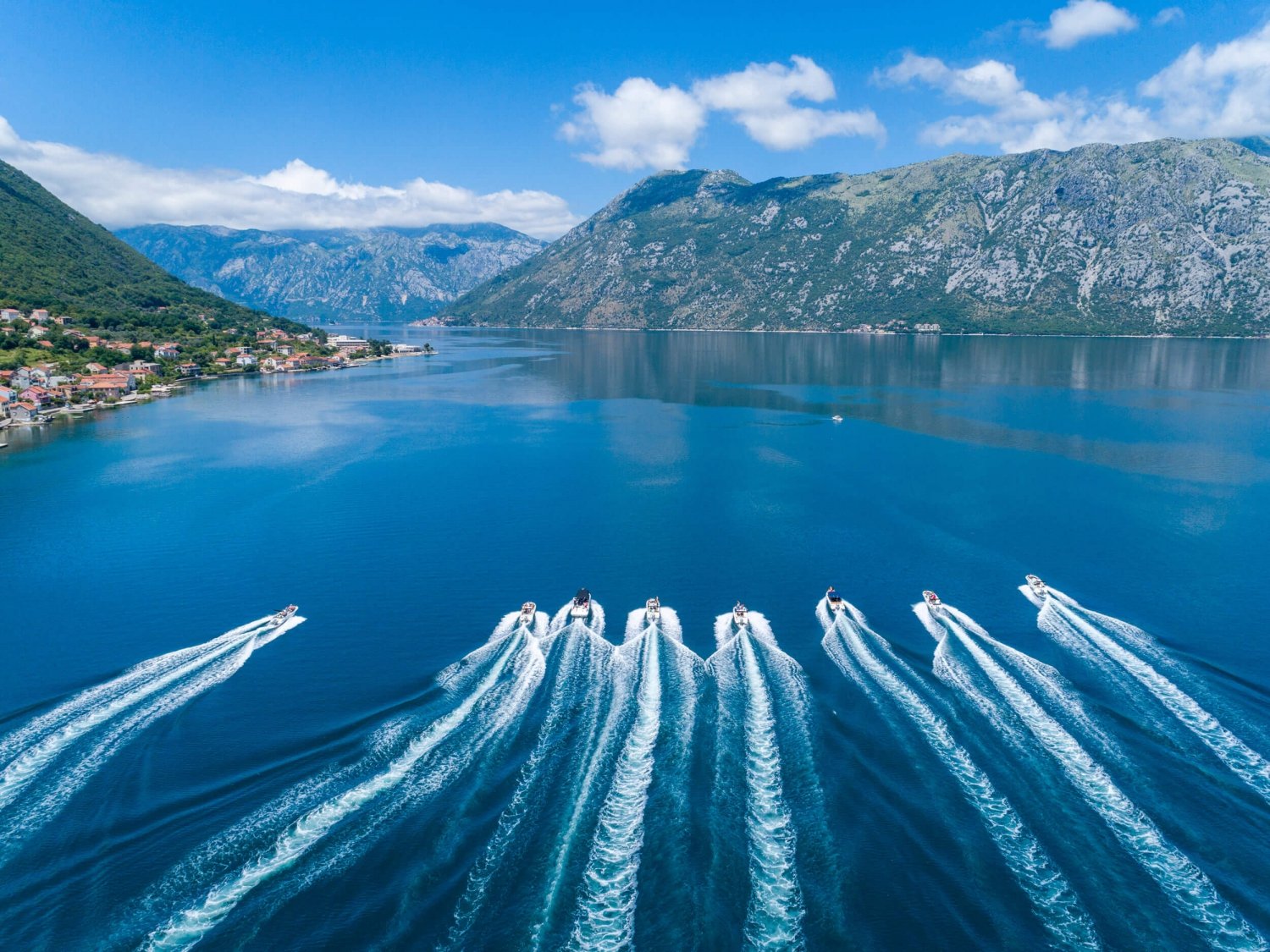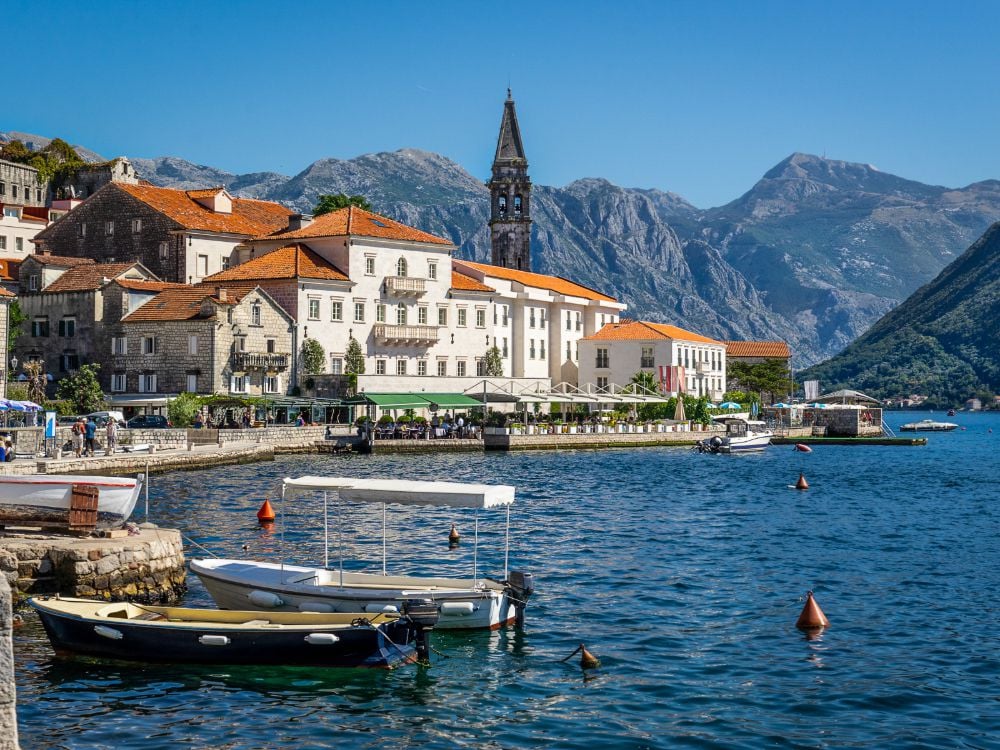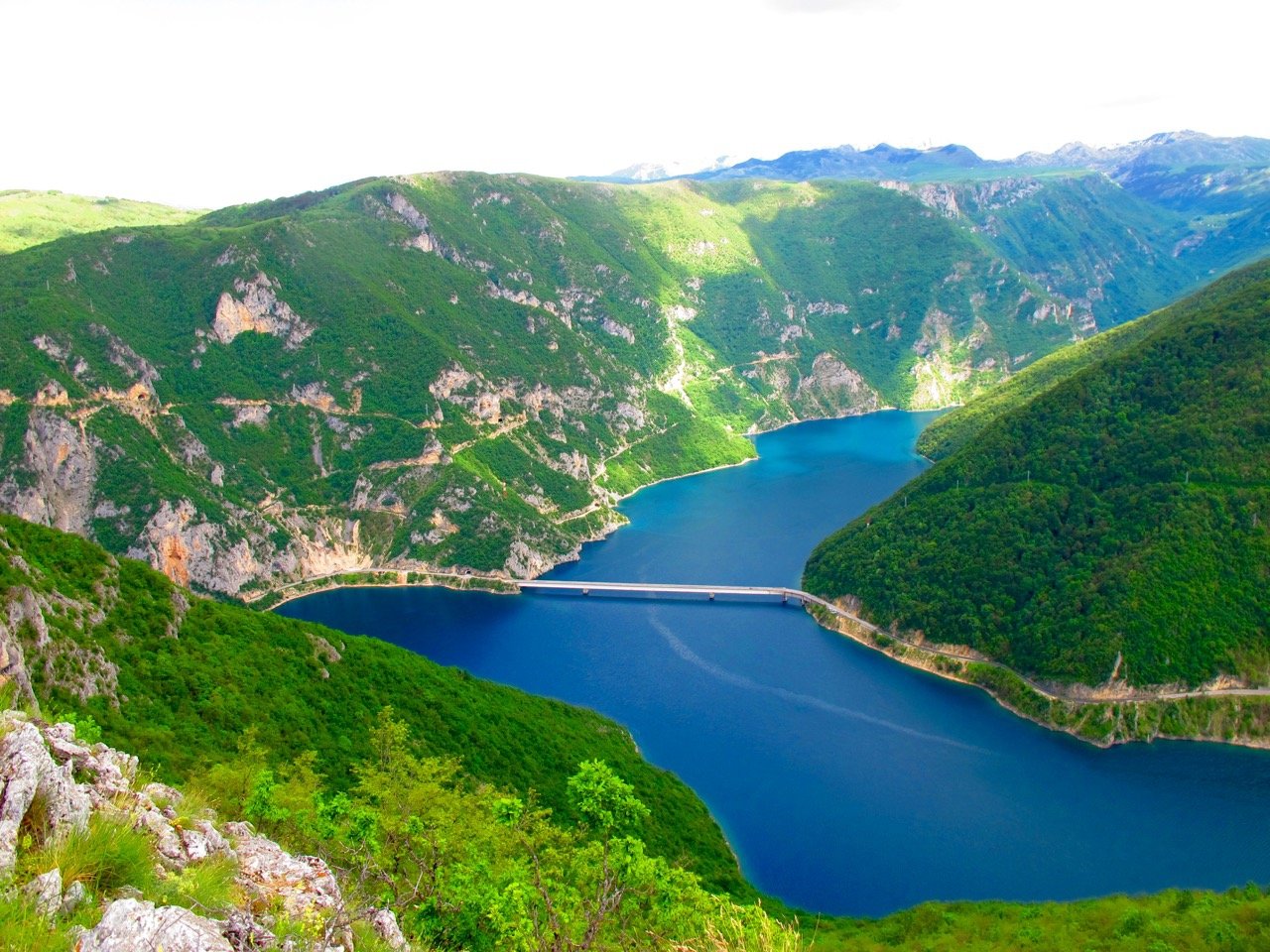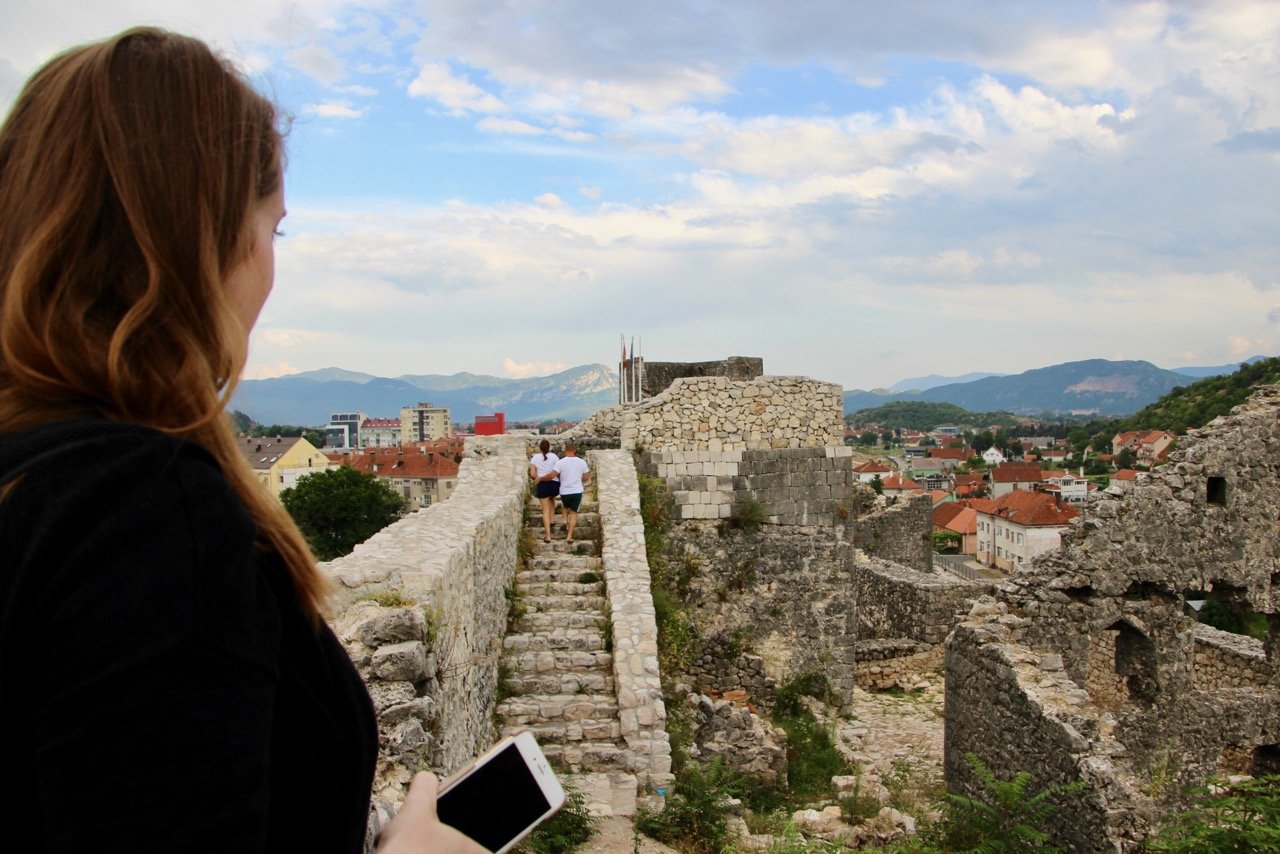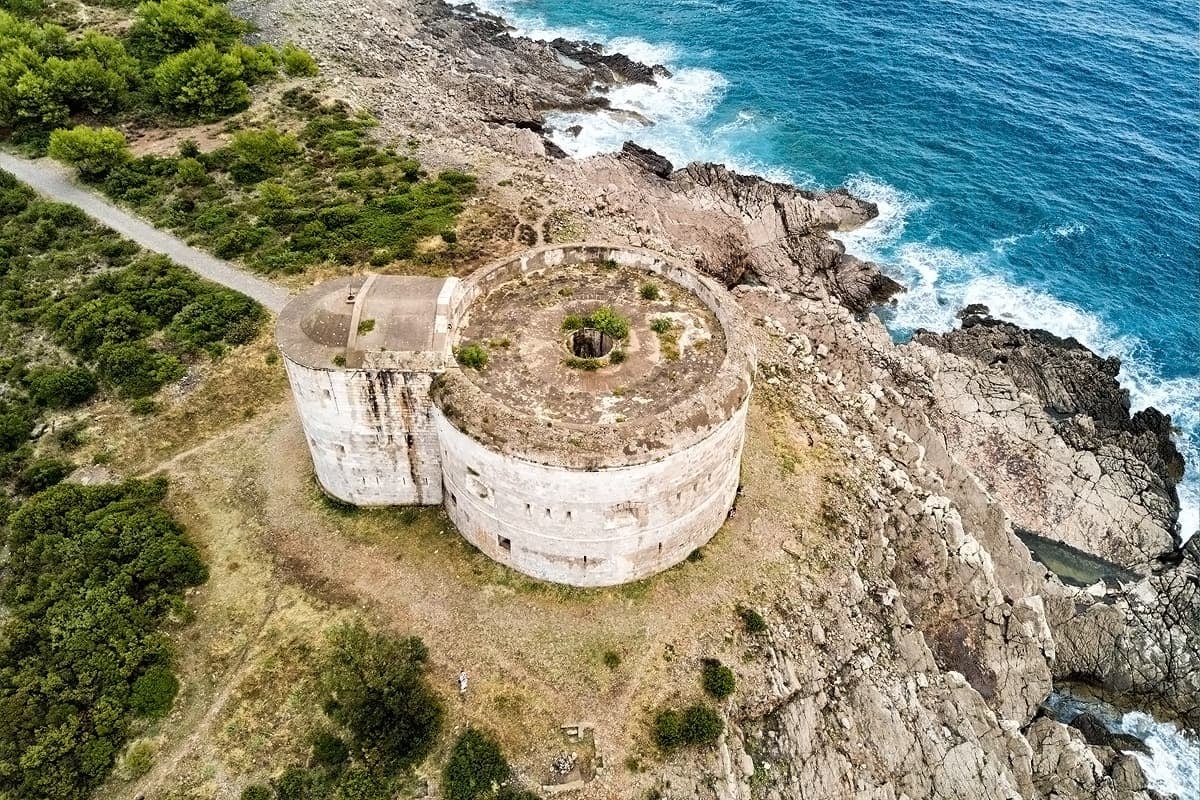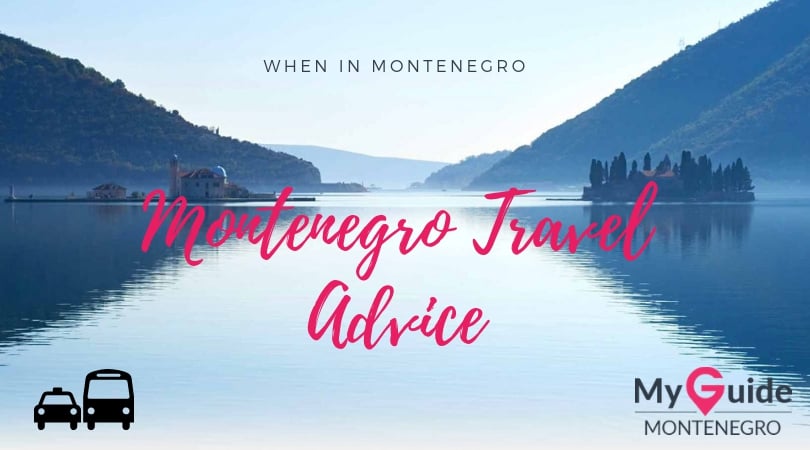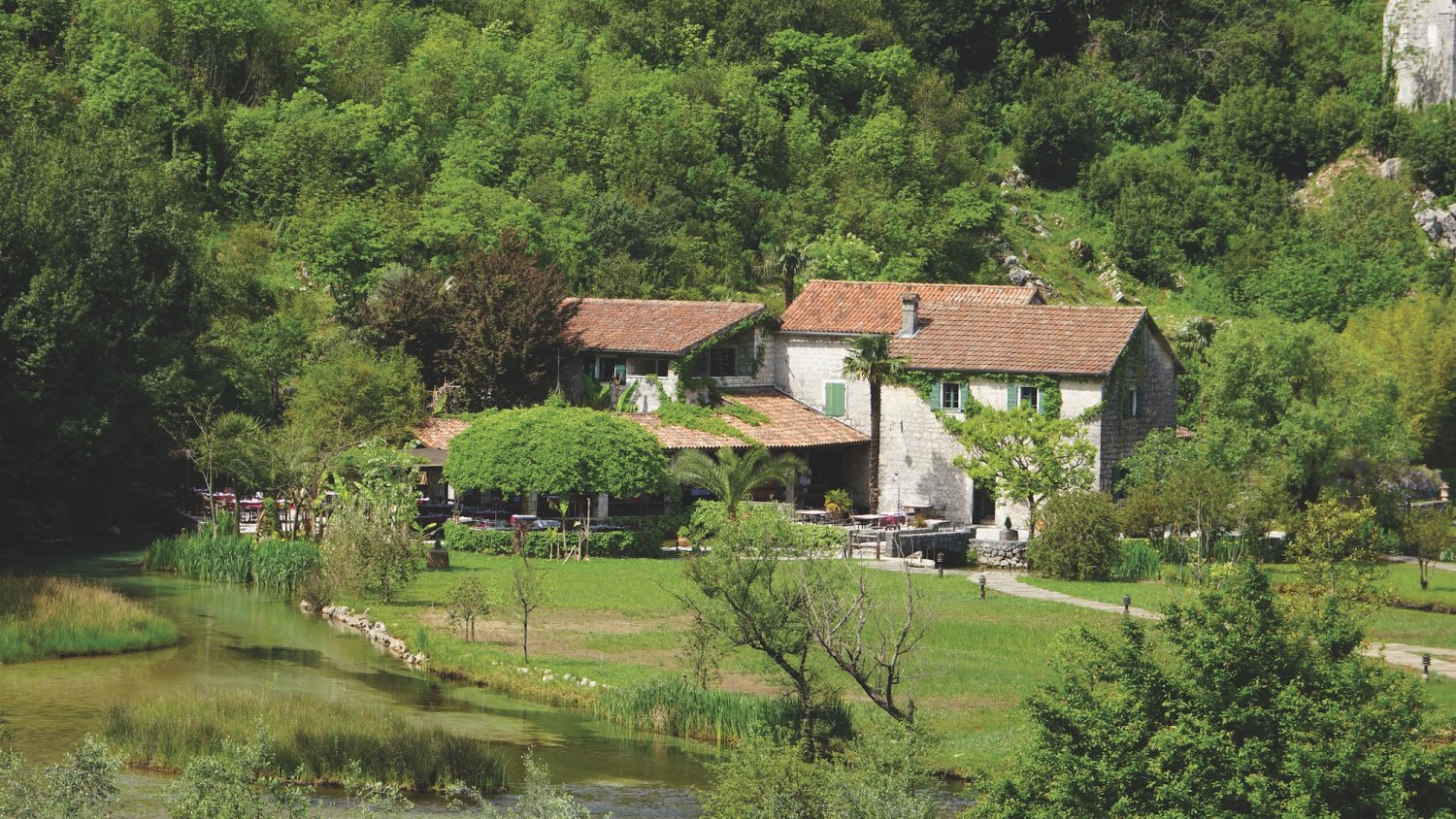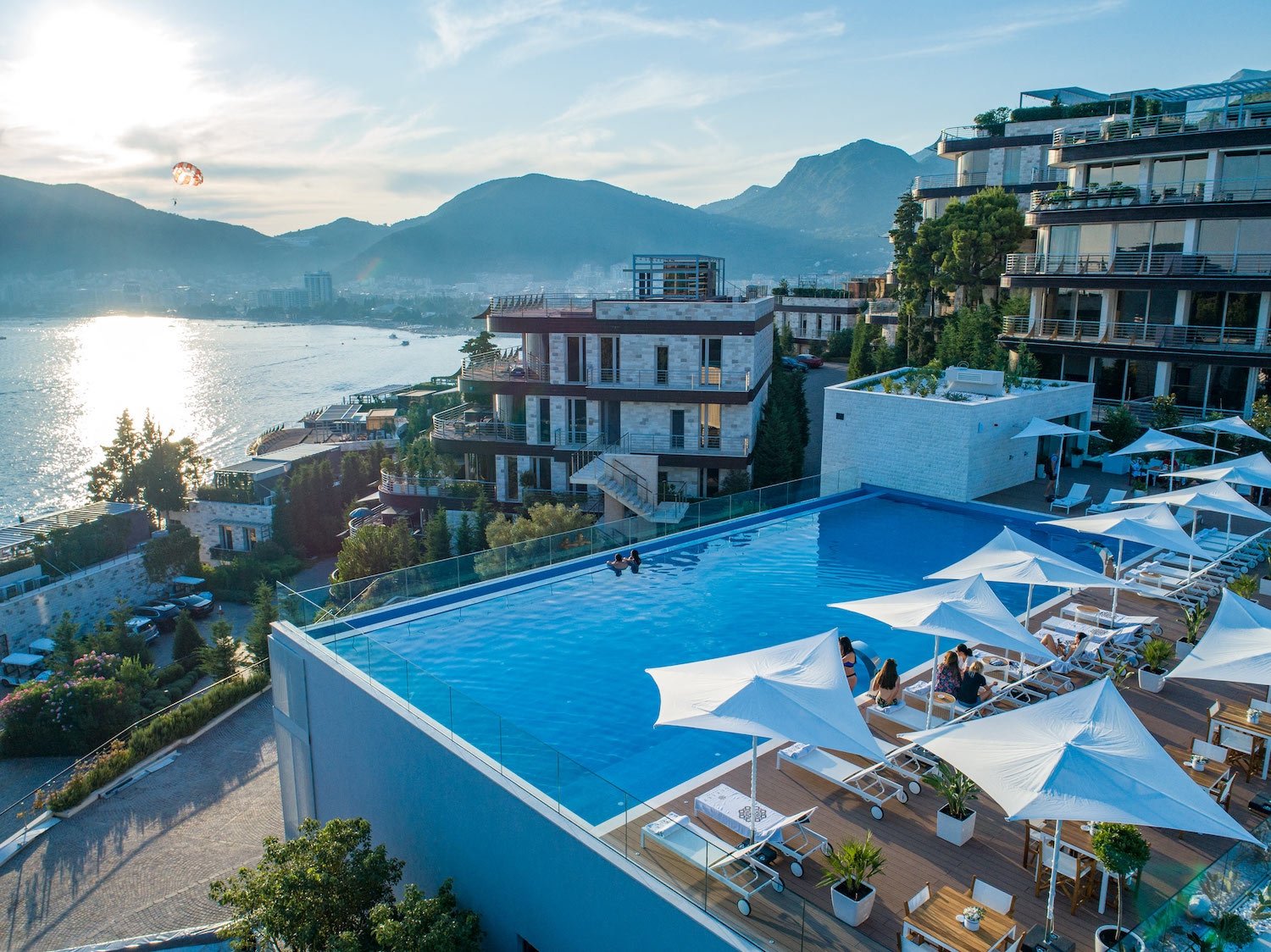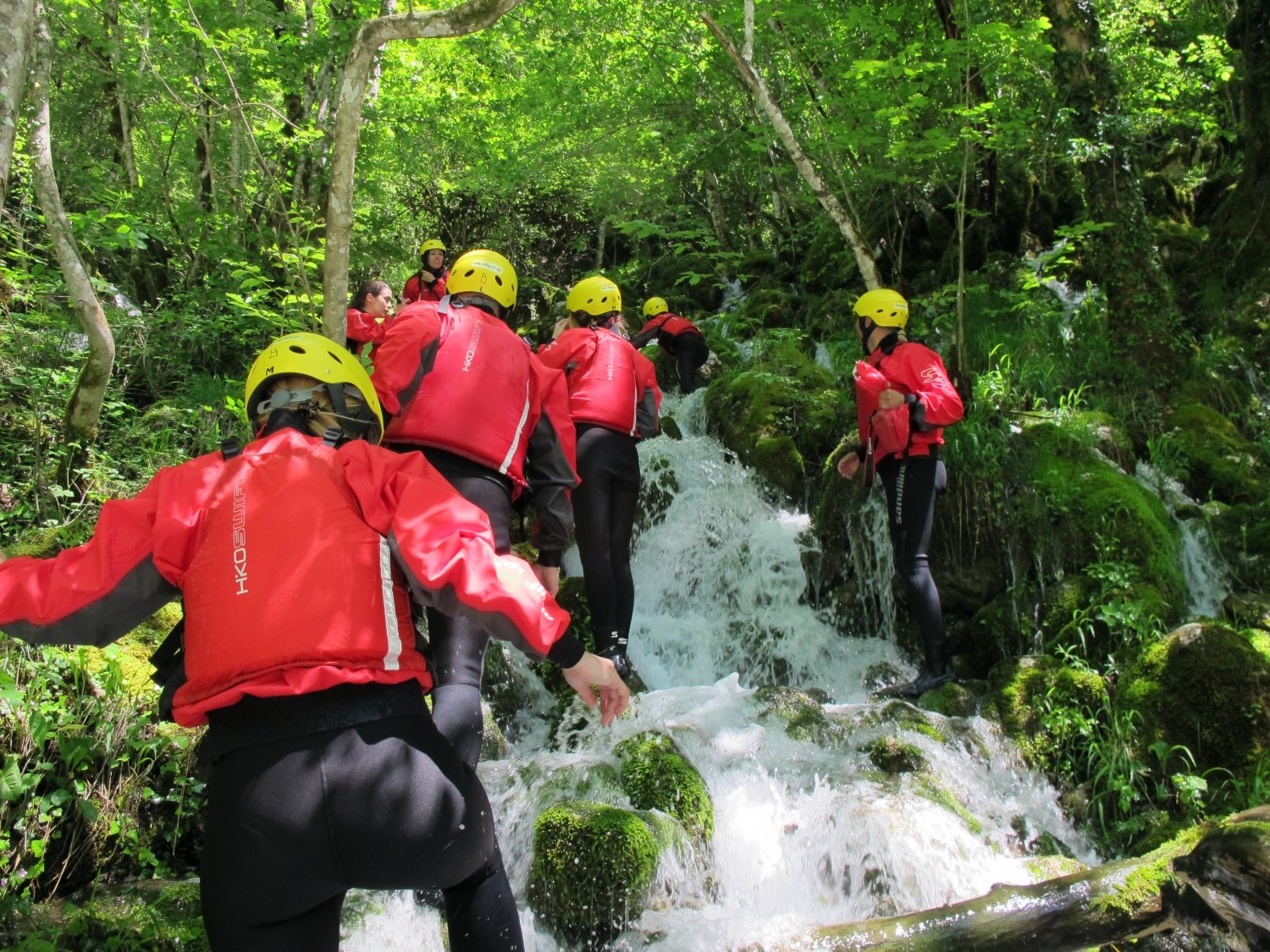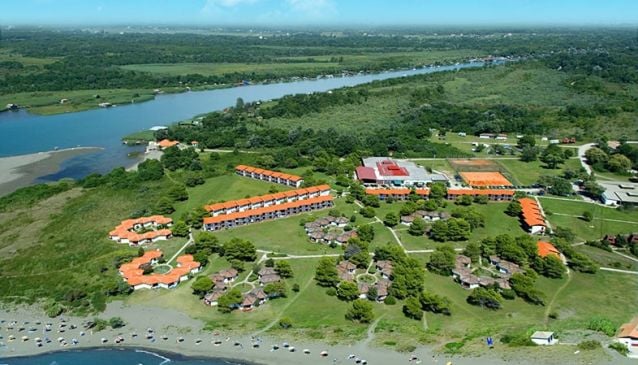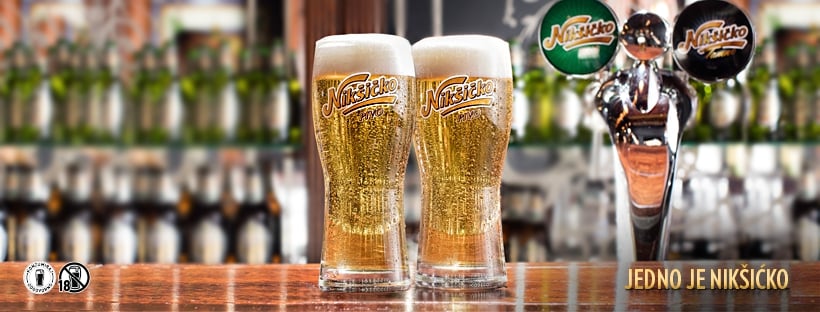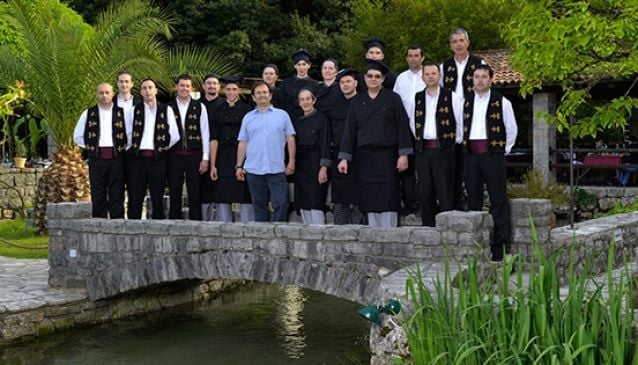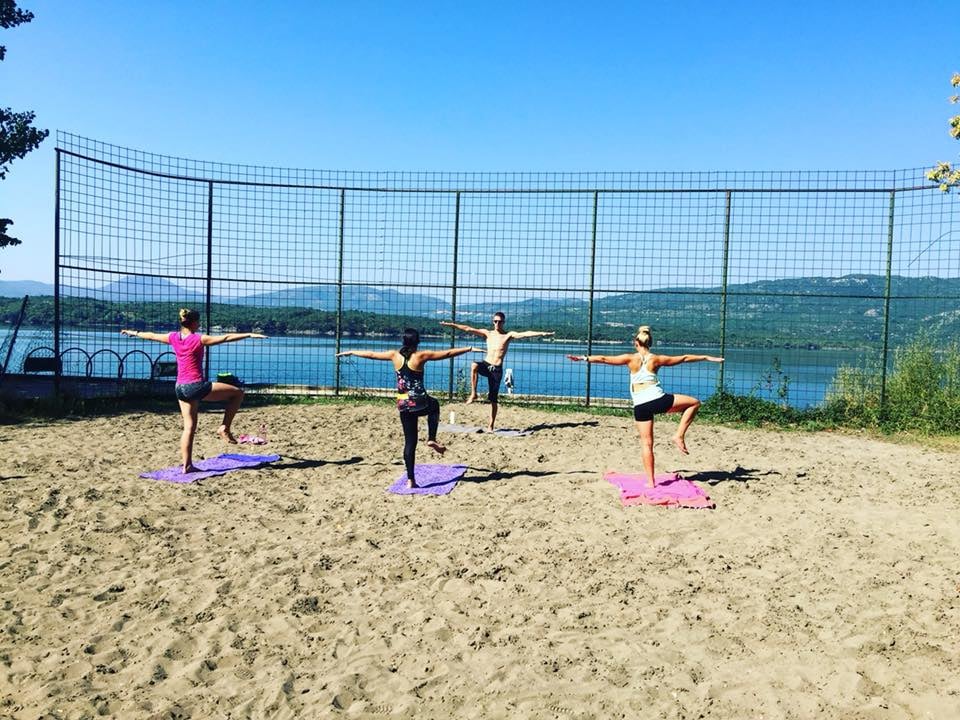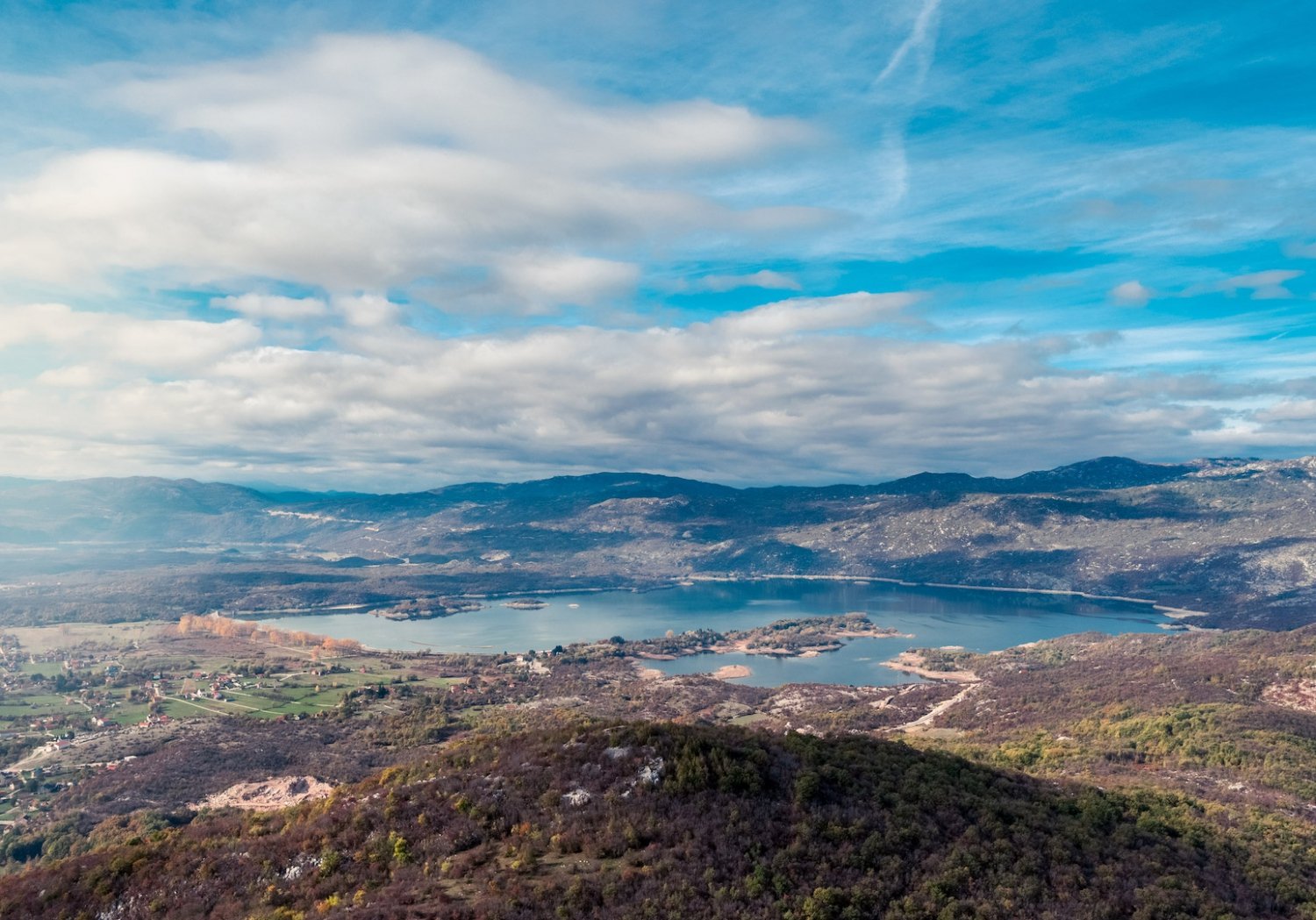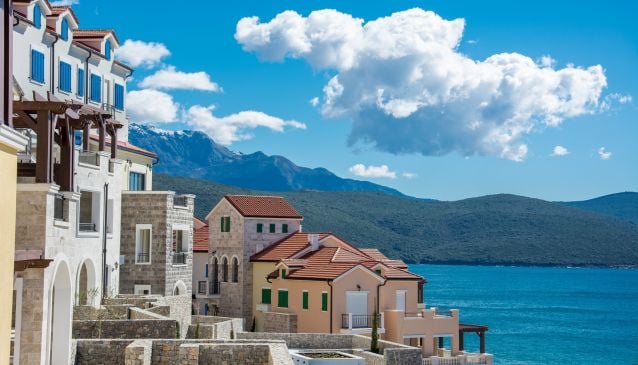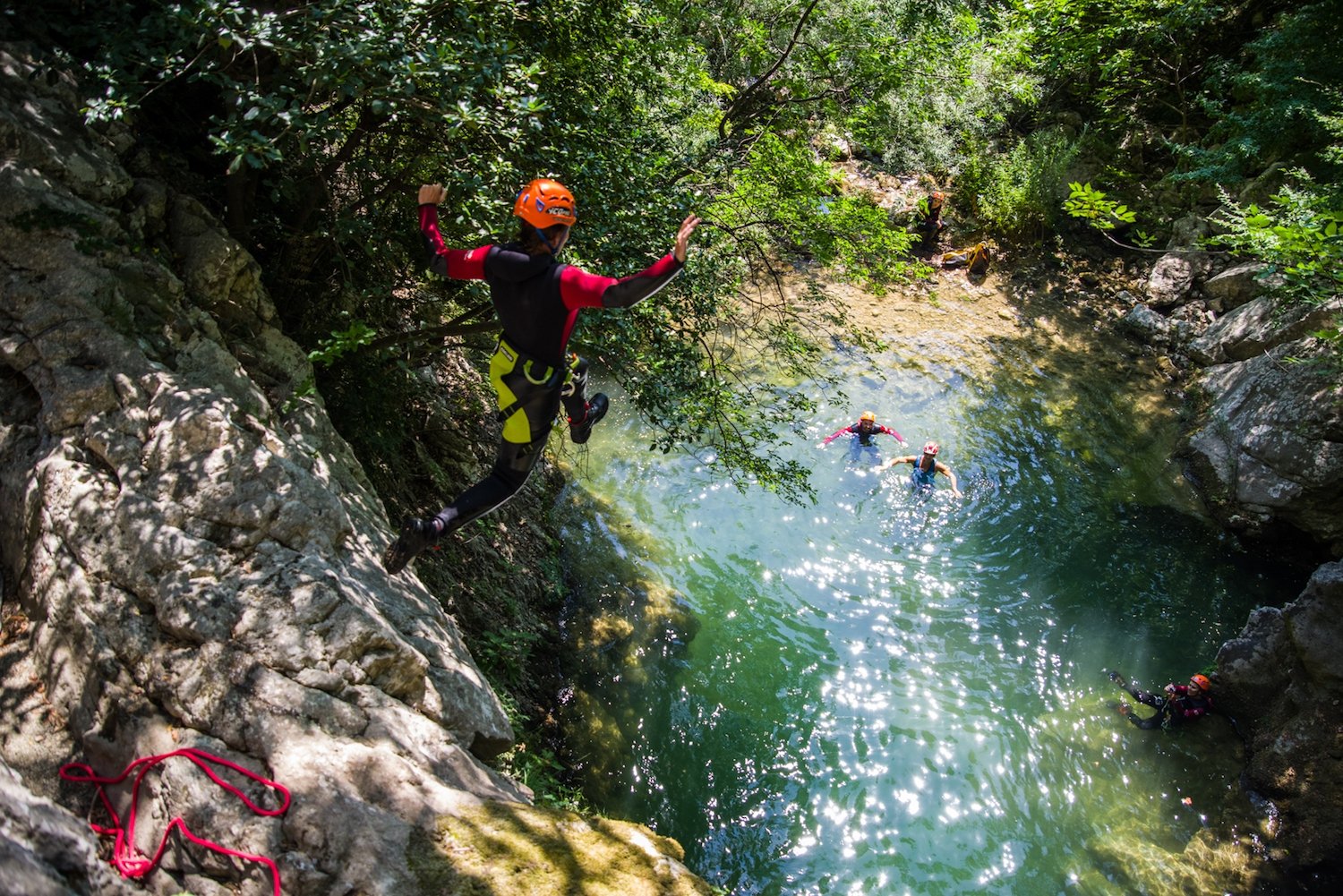Crmnica - A Wine Region in Montenegro
A home of Vranac!
The toponym Crmnica was derived from the reddish colour of the soil characteristic for this region. Some of the original names were Cremenzia, Cermenica (red) and Črmnica and Cernica (black).
Crmnica has been inhabited since the ancient past. The Slavs have settled lower eastern parts of Crmnica, facing the Skadar Lake, in the first time of immigration to Ilirika. The more populous immigration have been connected with the Turkish conquests starting from the 15th century when the immigrants from different sides begin to arrive (being close to Žabljak, Bar, and Shkodra, Crmnica has always been targeted by the Turks).
Crmnica was one of four Montenegrin “nahije” (sub-district) and it consisted of 7 tribes. This region has been very important throughout Montenegrin history, considering some of the famous diplomats, dukes, commanders and national heroes (such as the well-known members of the Plamenac family) were originally from Crmnica. Today, Crmnica has 22 villages (Podgor, Tomići, Brčeli, Dupilo, Popratnica, Orahovo, Komarno, Trnovo, Mikovići, Braćeni, Brijege, Kruševica, Sotonići, Mačuge, Bukovik, Gluhi Do, Limljani, Boljevići, Godinje, Seoca, Krnjice) and each of those villages represent a unique tourist attraction thanks to its specific structure and architecture.
One village that is especially distinguished by the incredible architecture of the houses is Godinje. In order to protect themselves from the attacks of the Ottoman Empire, the inhabitants of this village built a "house-on-the-house" houses and developed a special system of passages through the village. This atypical housing system has been the subject of many well-known archaeological types of research. The remains of these houses are present today and are one of the favourite day trips in the Skadar Lake region.
The most famous settlement in Crmnica is the former fishing village of Virpazar, today one of the most famous tourist destinations in Montenegro. The Podgorica-Bar highway passes through Virpazar today, as well as the Belgrade-Bar railway, connecting distanced locations.
Situated in an ideal altitude above the sea level and exposed to the sun during many days of the year, Crmnica is Montenegro’s primary wine region. Being home to dozens of family-run wineries, it is the place of origin of Vranac, the autochthonous Montenegrin variety of grapes that have been growing in the Skadar Lake valley since the 14th century. Montenegrin Vranac is also the name of the classical red wine produced by Plantaže - a huge state's wine factory, in the vineyards located in shallow, skeletal soil. Plantaže has been recognised particularly by the production of this classic varietal Vranac (70% of the grapes grown in Plantaže are the mellow Vranac), of the controlled origin and quality. Plantaže is the only winery in the world that produces Krstač, the ancient white wine variety grape that can only be found in Montenegro (growing in the areas around Podgorica) and Serbia.
Besides Plantaže, in Crmnica there are many wine producers of a smaller size because almost every family in this region is making their own wine and brandy made of grapes. That brandy, or how we call it rakia, is the famous Loza that we wrote about already and here is the link if you didn't read about it. In front of every house in Crmnica, you could see vineyards and when the autumn comes, all the families are preparing for grapes picking and starting the process of winemaking.
People of Crmnica are real householders and usually very welcoming and thanks to the fertile soil where they live, at their homes it is hard to find anything that is not homegrown! Besides wine, they grow bees and collect the honey, but also various vegetables and fruits. Our team had an amazing experience on the hiking trip with Emma, when we had a real feast of lunch in the village of Dupilo, at Tanya's household!
If you fancy a combination of a fine wine and Montenegrin home-made food, then Montenegrin Soul-Healing Wine Tour is the right choice for you. By visiting some of the famous family-run wineries, you’ll get the chance to find out more about the winemaking process, and taste traditional domestic products.



